From Stability to Sustainability: How the UAE’s Central Bank Is Reshaping the Future of Finance
Download↓
Amid mounting global uncertainty, regulatory evolution, and the green transition, the Central Bank of the UAE (CBUAE) has emerged as a strategic actor, not just a steward of monetary stability. In its 2024 annual report, the CBUAE outlines a sweeping transformation—anchored in digital innovation, sustainability, and resilience—that positions the UAE as a model for future-ready central banking.
A Record Year in Resilience and Growth
The UAE's real GDP grew by an estimated 3.9% in 2024, buoyed by non-hydrocarbon sectors, with 4.7% growth forecasted for 2025. The country maintained a low inflation rate of 1.7%, significantly outperforming the global average of 5.7%, and saw non-oil trade soar to over AED 2.8 trillion, with exports up 29.3%year-on-year.
Banking assets reached an all-time high of AED 4.56 trillion, solidifying the UAE's position as the largest banking hub in the Middle East. Lending grew by 9.5%, and deposit growth reached 12.9%, underpinned by ample liquidity and robust monetary policy transmission mechanisms, thanks in part to the Dirham Monetary Framework (DMF).
Climate Finance Takes Center Stage
One of the most striking developments in 2024 was the CBUAE's acceleration of sustainable finance initiatives. Following COP28, the Bank oversaw commitments toward mobilizing AED 1 trillion in sustainable finance by 2030, embedding climate risk into macroprudential supervision, and launching the world's first Open Finance regulation—a pioneering step in regulatory innovation.
This was further supported by the issuance of new stress-testing frameworks evaluating banks'exposure to climate risks, including physical hazards such as flooding and storm surges. These assessments were based on IPCC climate scenarios and underscore the CBUAE's proactive stance in aligning financial stability with environmental sustainability.
Digital Currency and Financial Infrastructure Modernization
The CBUAE made tangible progress toward introducing a Central Bank Digital Currency (CBDC). The Digital Dirham, issued for the first time in 2024, aims to support retail, wholesale, and cross-border payments. The inaugural cross-border transaction was conducted on the mBridgeplatform—a collaboration with the Bank for International Settlements (BIS) and other central banks.
Complementing the CBDC, the Aani Instant Payment Platformwas launched, allowing real-time transfers up to AED 50,000, while Jaywan, the domestic card scheme, expanded the UAE's digital payments capabilities both locally and internationally.
The introduction of SupTech(supervisory technology) and AI-based surveillance tools further enhances the Central Bank's real-time oversight capacity, particularly in anti-money laundering and cyber risk domains.
Elevated Supervision, Global Recognition
The CBUAE's strategic tightening of financial oversight yielded results. In 2024 alone, over 291 prudential examinationswere conducted, enforcement cases surpassed 240, and over AED 124.9 million in penaltieswere issued. The Bank's robust enforcement and governance frameworks were instrumental in the UAE's removal from the FATF grey list, a key milestone in its international compliance reputation.
Significantly, the Bank was awarded the “Leading Federal Entity”in the 500+ employee category at the Mohammed bin Rashid Government Excellence Awards, marking recognition not just for operational excellence but for its broader role in anchoring the UAE's economic strategy.
Relevance for Global Financial Stakeholders
For international financial institutions, investors, and regulators, the CBUAE's evolving mandate carries several implications:
·Partnership Opportunities: Open finance infrastructure (e.g., Project Aperta with BIS) is designed to improve cross-border interoperability, particularly in trade finance.
·Climate Disclosure Alignment: The UAE's integration of ESG factors into reserve management and prudential stress testing sets a regional benchmark, offering regulatory alignment potential for institutions operating under TCFD or ISSB standards.
·Fintech Licensing and Regulatory Sandbox: With record growth in licenses for SVF and payment token issuers, the UAE is establishing itself as a fintech hub worth watching—and partnering with.
·Sovereign Risk and Monetary Policy: For investors, the narrowing gap between the DONIA and Base Rate reflects a maturing policy transmission mechanism, reducing uncertainty in local rate forecasts.
Looking Ahead
With real GDP expected to rise to 5.7% in 2026, the UAE is clearly on an ambitious trajectory. The CBUAE's strategy—characterized by diversification, digitalization, and sustainability—offers a playbook for emerging and developed markets alike. It illustrates how a central bank can maintain macroeconomic stability while acting as a catalyst for structural reform and innovation.
In an era where financial institutions are reassessing regulatory risk, climate exposure, and digital transformation, the UAE is not just adapting—it's helping to define the future contours of global finance.











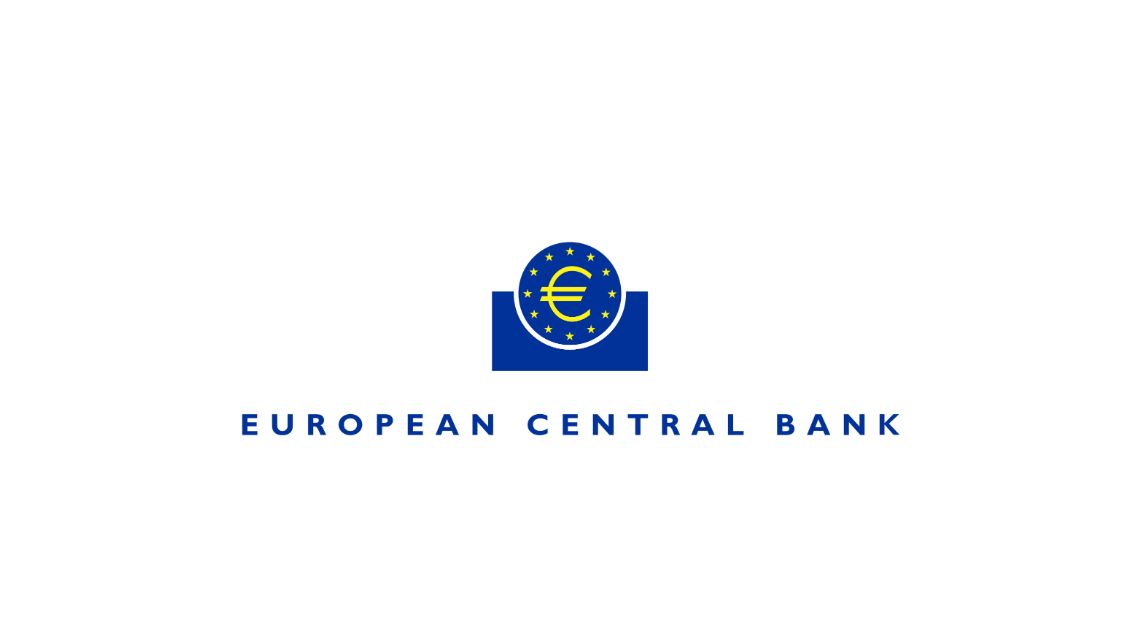
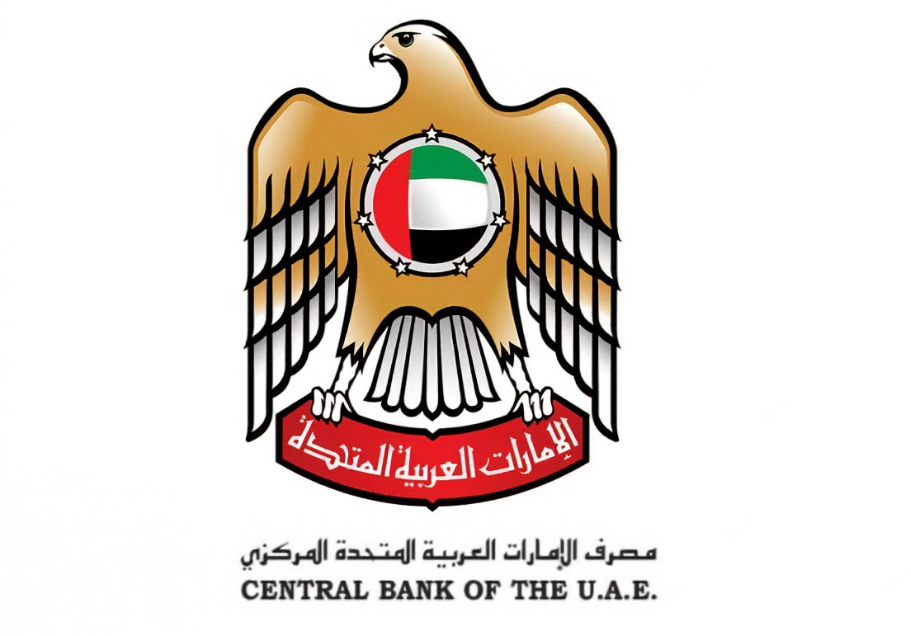

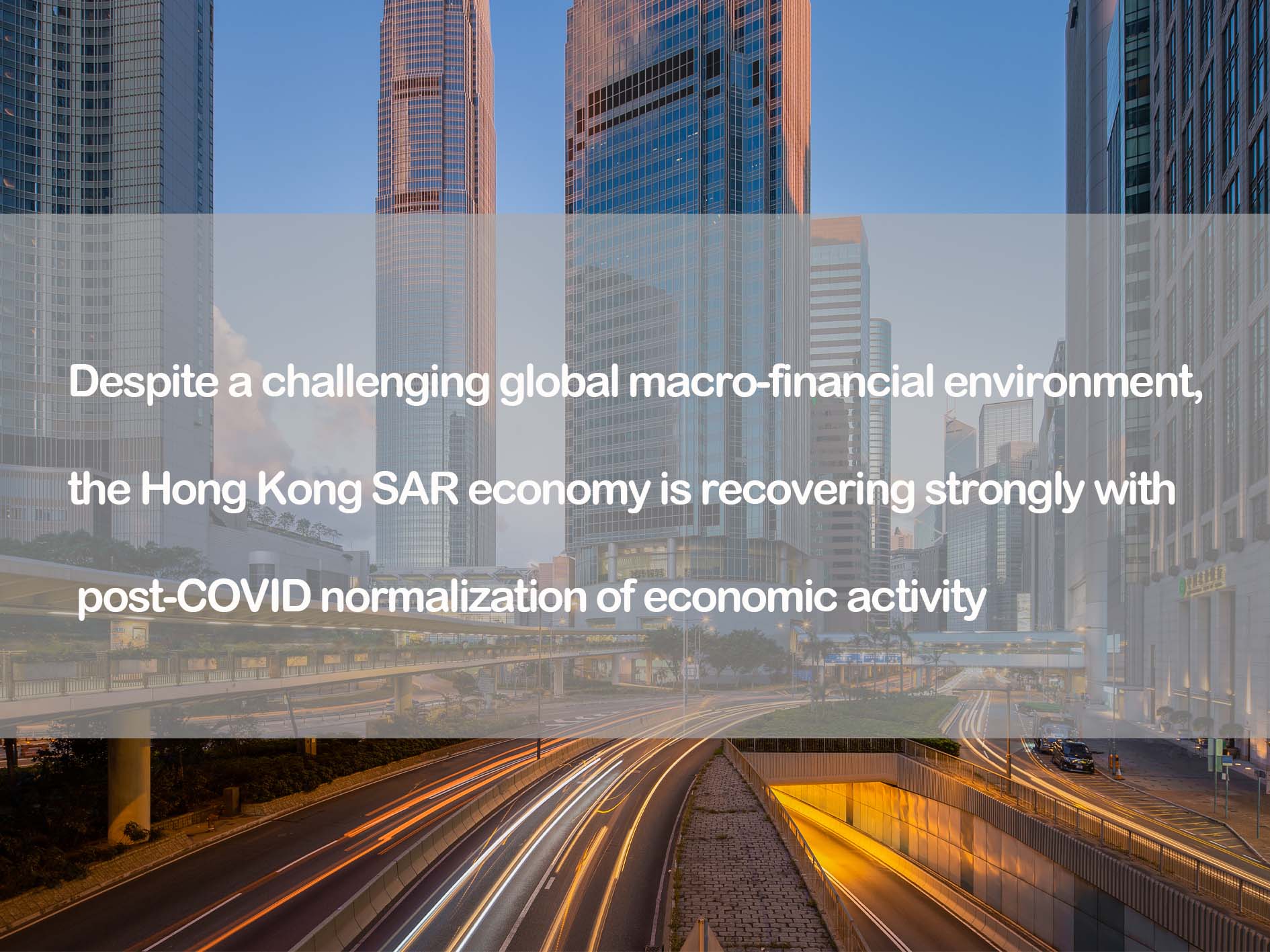


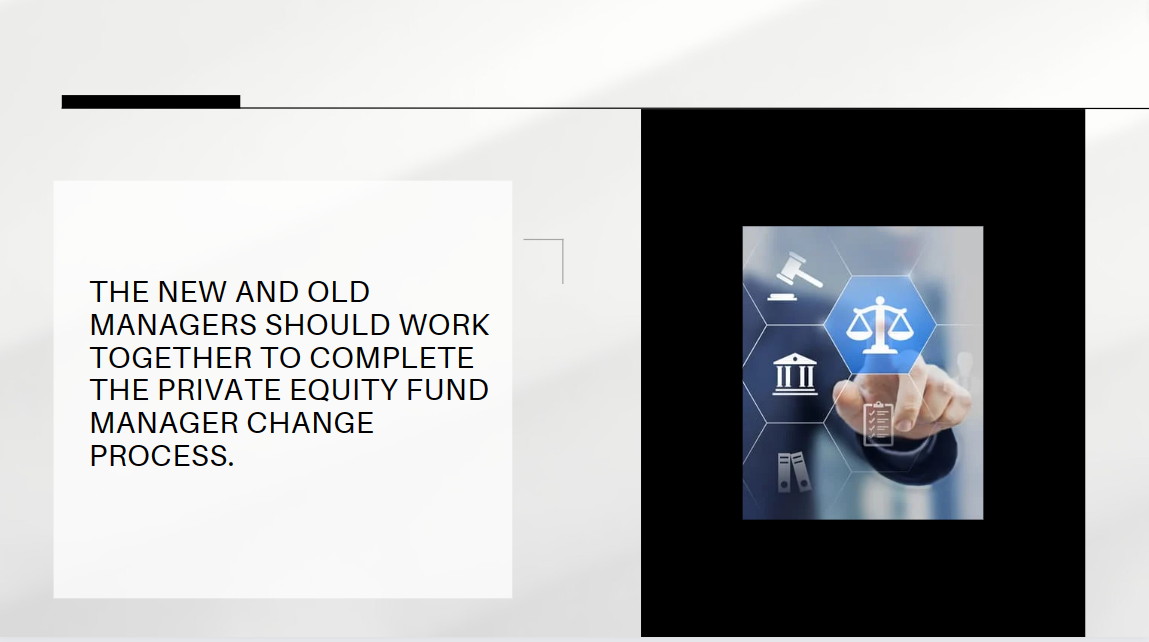
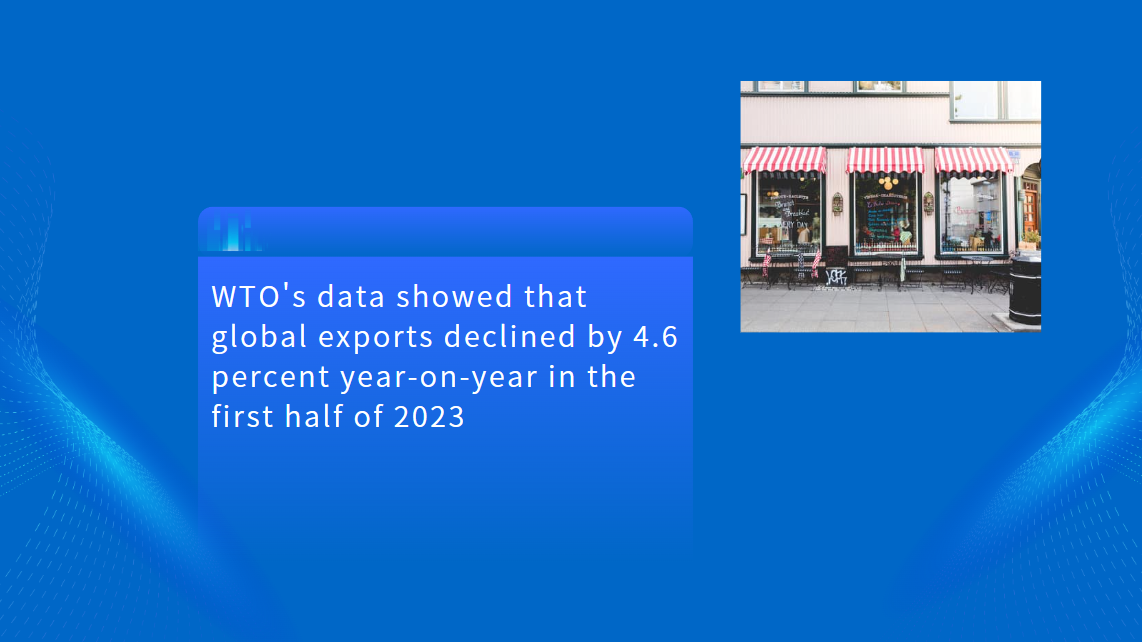
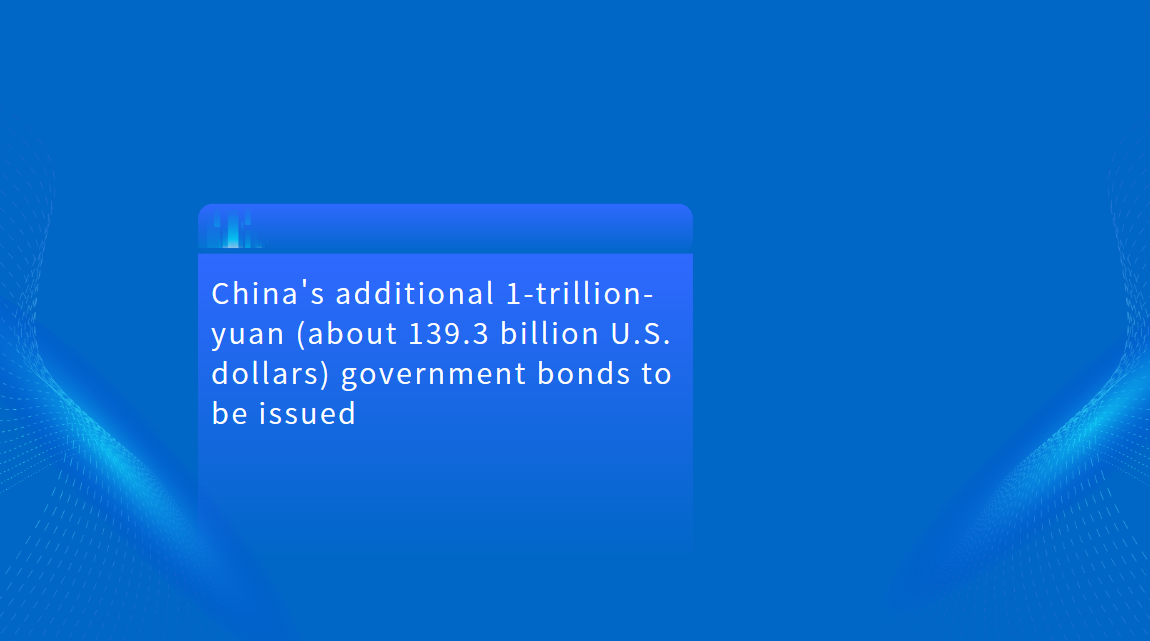





















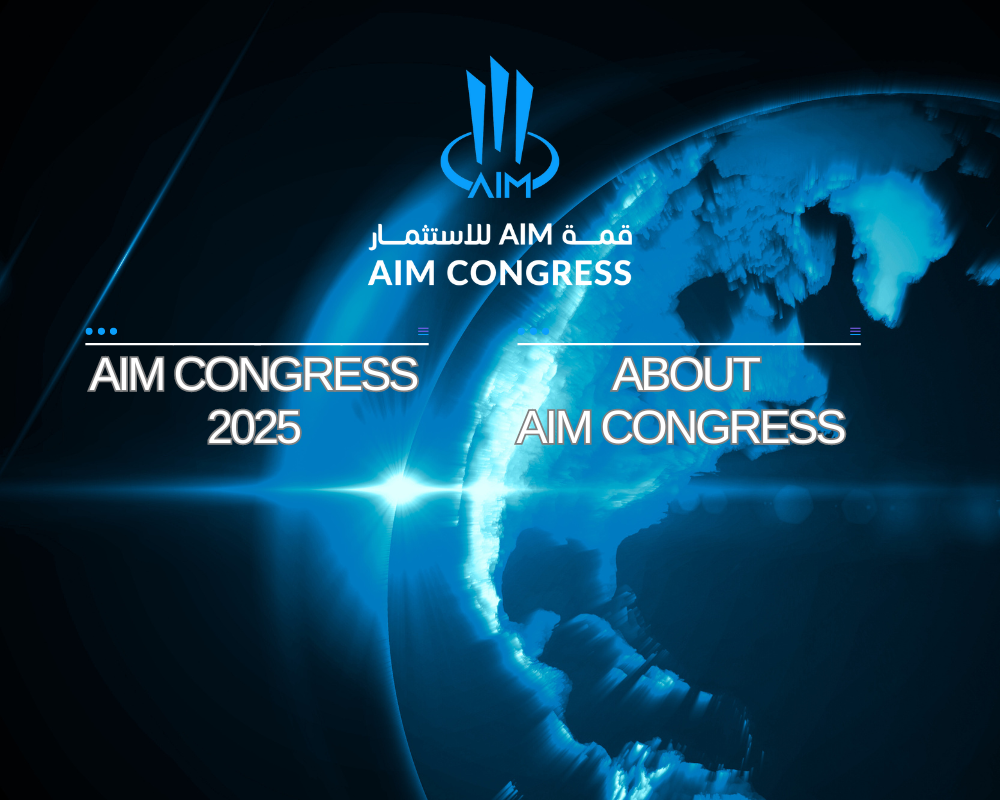












First, please LoginComment After ~